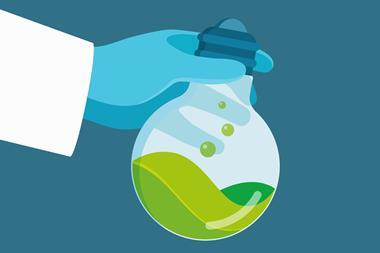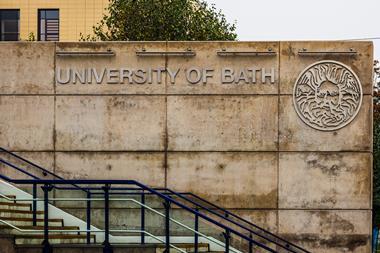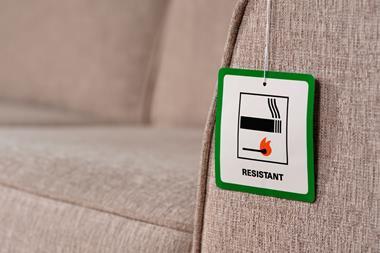The chemical sciences has a sustainability problem. Chemical production is expected to double by 2030, according to a recent UN report, but quite how this will be done without costing the Earth is still an unanswered question. At the recent International Union of Pure and Applied Chemistry’s congress in Paris, the ‘father of green chemistry’ Paul Anastas outlined his vision for what needs to change.

Anastas and Julie Zimmerman recently published their ‘periodic table of the elements of green and sustainable chemistry’ in Green Chemistry (DOI: 10.1039/c9gc01293a) where they outline 90 concepts to guide chemists and chemistry to a sustainable future. The table introduces a whole range of tools that chemistry needs to develop, as well as humanitarian and ‘noble’ goals (no prizes for guessing where these sit on the table) for chemists. The breadth and scale of the challenges are huge. The recommendations cover pretty much every imaginable intersection between chemistry and society.
Normally I’m not a great fan of periodic tables that don’t feature the chemical elements. There are periodic tables of coffee, gin, Star Wars – just about anything you can think of. But often they’re just dressed up in the trappings of chemistry to elicit a brief snort of amusement. It’s been particularly bad during the International Year of the Periodic Table. Where’s the periodicity? Where are the relations between elements that make the real table a scientific marvel? But I’ll give Anastas a pass on this one – the message justifies the means.
The issues Anastas and Zimmerman raise all deserve consideration. Who wouldn’t want more one-pot syntheses to cut down on waste, polymers that degrade once their work is done or replacements for unpleasant organic solvents? The real problem is that the problems are still far from being fixed, and not for want of trying. To get the desired outcome without any ‘off target effects’ – to steal some jargon from pharma – is very tricky. Striking a balance between energy efficiency, waste, toxicity, recyclability and so on is always going to be hard for a chemical process. There’s never going to be a perfect solution. But this table does at least give chemists a focal point to consider the issues.
Whether you think Anastas’s table is a blueprint for a utopian chemical enterprise or simply too ambitious to be realistic, what matters is that these discussions are taking place at all. His call to get everyone talking – from chemists and campaigners to policymakers and the public – is vital. Only by talking to each other will we know what the problems even are and stand a chance of finding the solutions.

















No comments yet